Windows 8 Surface tablets - Need to Know
Microsoft has built-in a kickstand, offers a detachable Touch Cover and the choice of Intel Ivy Bridge and ARM-based processors.
In an attempt to offer business users a direct rival to the Apple iPad and MacBook Air, Microsoft will be releasing two Windows 8 tablets under the 'Surface' moniker.
The Windows RT and Windows 8 Pro models have been designed in-house by Microsoft. We take a look at the tablet/laptop hybrid to see what users can expect when they launch later this year.
Form factor
Surface tablets will have a hybrid form factor. When closed they will resemble an Ultrabook. However, they can be detached from the the keyboard and used as a standard tablet much like the Asus Transformer Prime.
The Windows 8 Pro device will come with a 10.6in ClearType Full HD (1,920 x 1,080) Gorilla Glass 2 display, making it almost an inch larger than the iPad (9.7in). Windows RT models will have the same 10.6in form factor, but will come with a slightly lower 1,366 x 768 resolution.
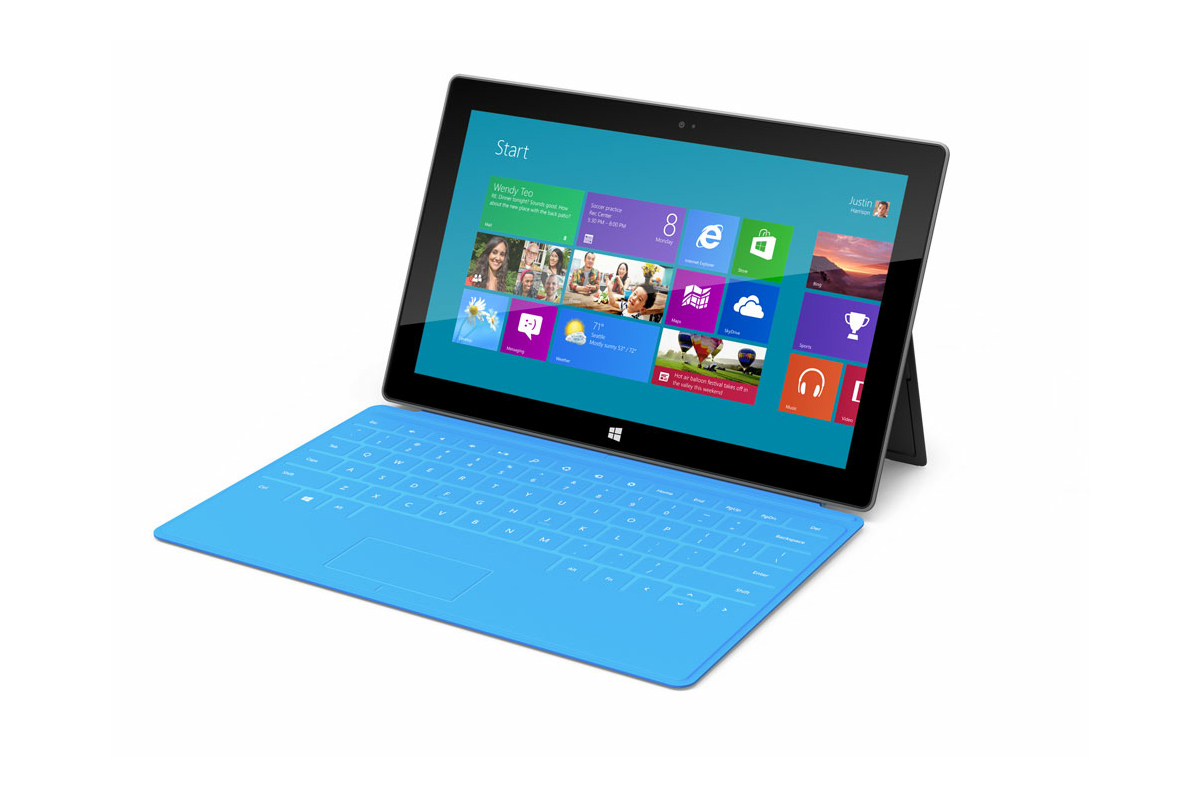
The Windows 8 Surface tablet has a flexible from factor so it can be used as a tablet or laptop
Microsoft has used VaporMg (pronounced Vapor-Mag) technology for the chassis, which the firm says mimics the feel of a luxury watch. The Windows 8 Pro device will weigh in at 903g and be 13.5mm thick. Meanwhile, the Windows RT edition will be the lighter (676g) and thinner (9.3mm) of the two devices.
Specifications
The Windows 8 Pro model will be powered by an Intel Ivy Bridge processor, giving the device a performance to rival an Ultrabook's. The chassis will have a built-in microSDXC slot, USB 3.0 port, mini DisplayPort connector, as well as 2x2 MIMO antennaes for wireless connectivity. Microsoft will offer a choice of 64GB or 128GB of internal storage.
Get the ITPro daily newsletter
Sign up today and you will receive a free copy of our Future Focus 2025 report - the leading guidance on AI, cybersecurity and other IT challenges as per 700+ senior executives
The Windows RT model will run on an ARM-based NVIDIA Tegra chip, with either 32GB or 64GB of storage available. Integrated features will include a microSD slot, micro HD connector, 2x2 MIMO antennae, but these devices will support USB 2.0 initially.
The specifications suggest the Windows 8 Pro tablet will go head-to-head with the MacBook Air range and the Windows RT device aims to provide an alternative to the iPad.
Integrated kickstand
Microsoft has added some nifty features to Surface. The integrated kickstand will allow the devices to be place on a desk without having to connect them to a keyboard. This will make it particularly useful to business users, as the tablet can be used alongside another device on a desk.
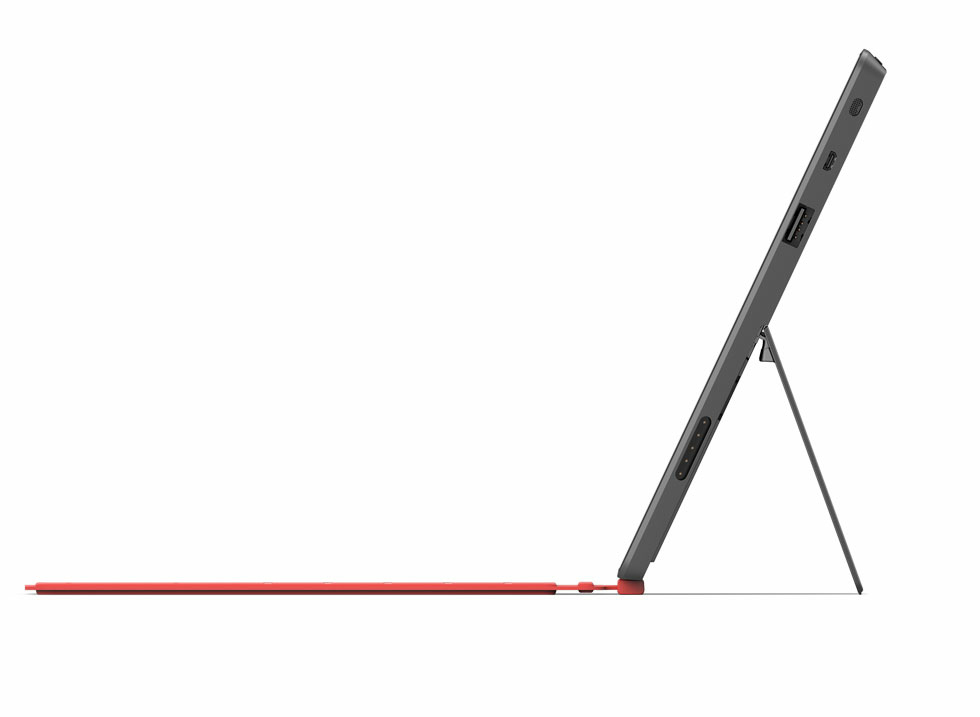
The kickstand allows the device to be placed on flat surfaces without the need for the dock
-
 Should AI PCs be part of your next hardware refresh?
Should AI PCs be part of your next hardware refresh?AI PCs are fast becoming a business staple and a surefire way to future-proof your business
By Bobby Hellard Published
-
 Westcon-Comstor and Vectra AI launch brace of new channel initiatives
Westcon-Comstor and Vectra AI launch brace of new channel initiativesNews Westcon-Comstor and Vectra AI have announced the launch of two new channel growth initiatives focused on the managed security service provider (MSSP) space and AWS Marketplace.
By Daniel Todd Published
-
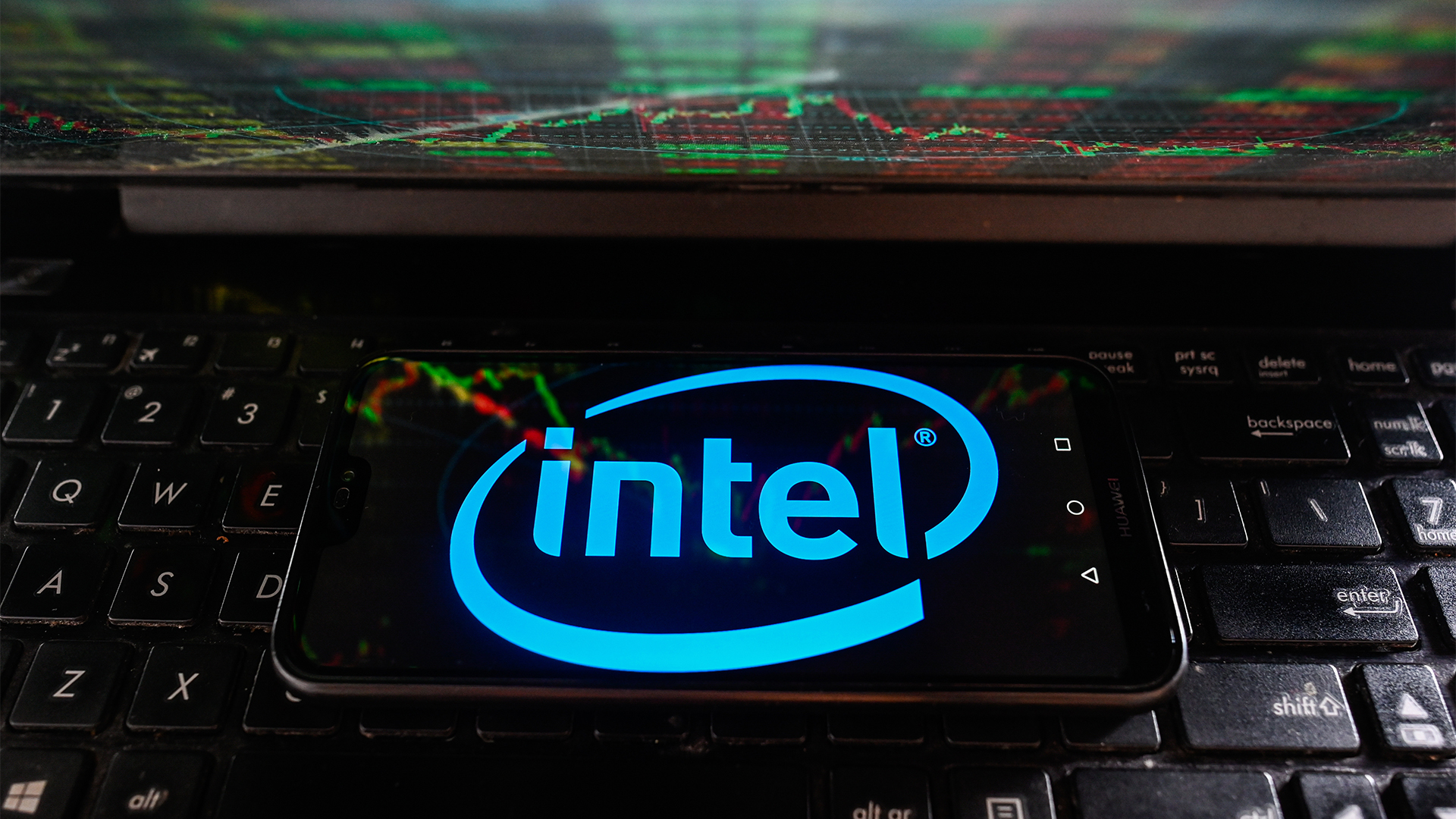 Why Intel is pushing for developers to adopt AI PCs
Why Intel is pushing for developers to adopt AI PCsNews A new Intel initiative aims to drive developer adoption of AI PCs and improve synergy with the hardware makers building these next-generation devices
By Steve Ranger Published
-
 Microsoft angers admins as April Patch Tuesday delivers password feature without migration guidance
Microsoft angers admins as April Patch Tuesday delivers password feature without migration guidanceNews Security fixes include a zero day exploited by a ransomware group and seven critical flaws
By Connor Jones Published
-
 Intel CTO: Open source ecosystem is “poorly written”
Intel CTO: Open source ecosystem is “poorly written”News Chipmaker calls on industry to improve contributions
By Adam Shepherd Published
-
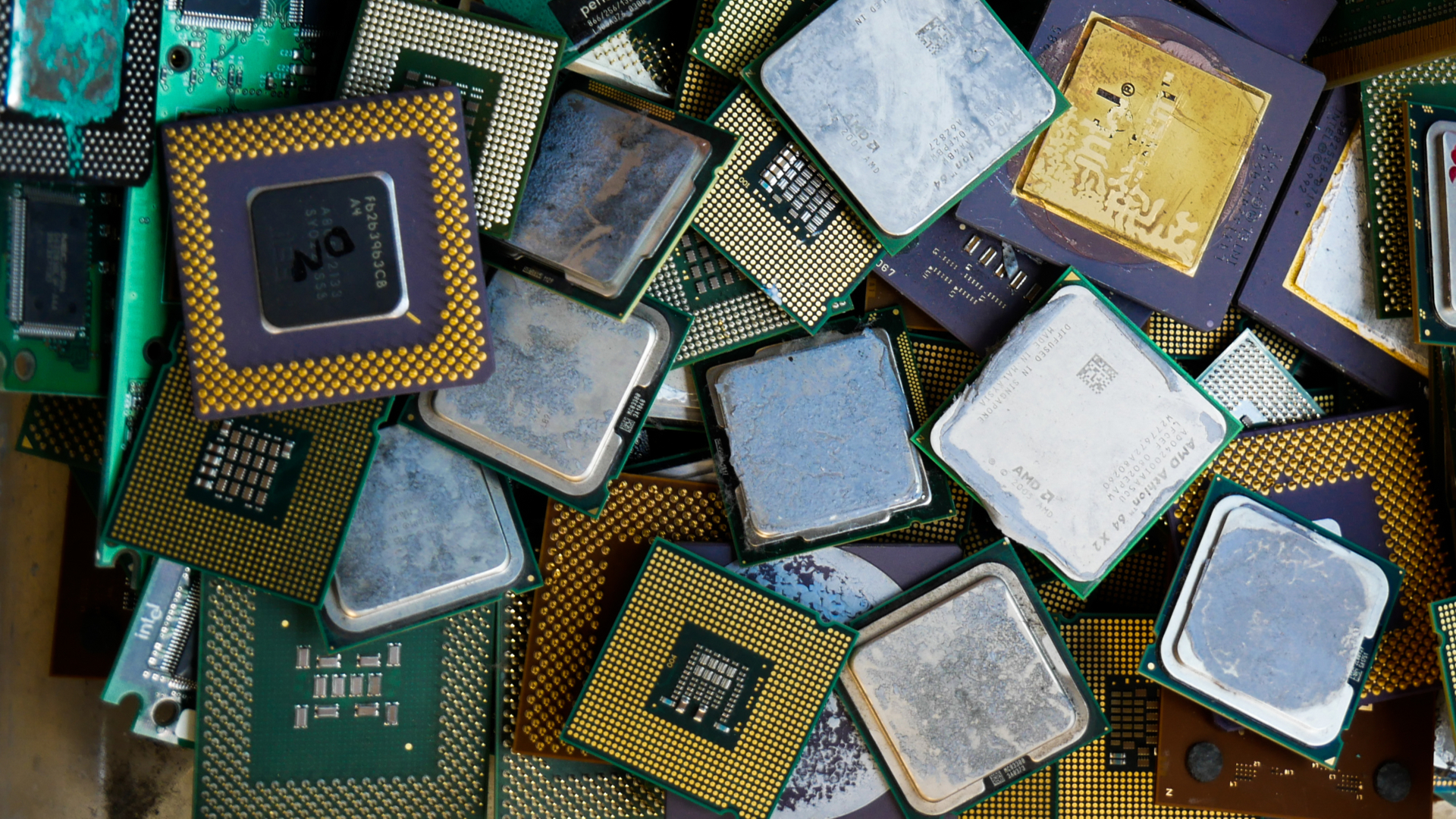 Tech giants lobby US to fund chip production
Tech giants lobby US to fund chip productionNews Industry heavyweights ask Congress for $50 billion in chip manufacturing subsidies
By Mike Brassfield Published
-
 The total economic impact of the Intel vPro® platform
The total economic impact of the Intel vPro® platformWhitepaper Save costs. Save time. Save the workday.
By ITPro Published
-
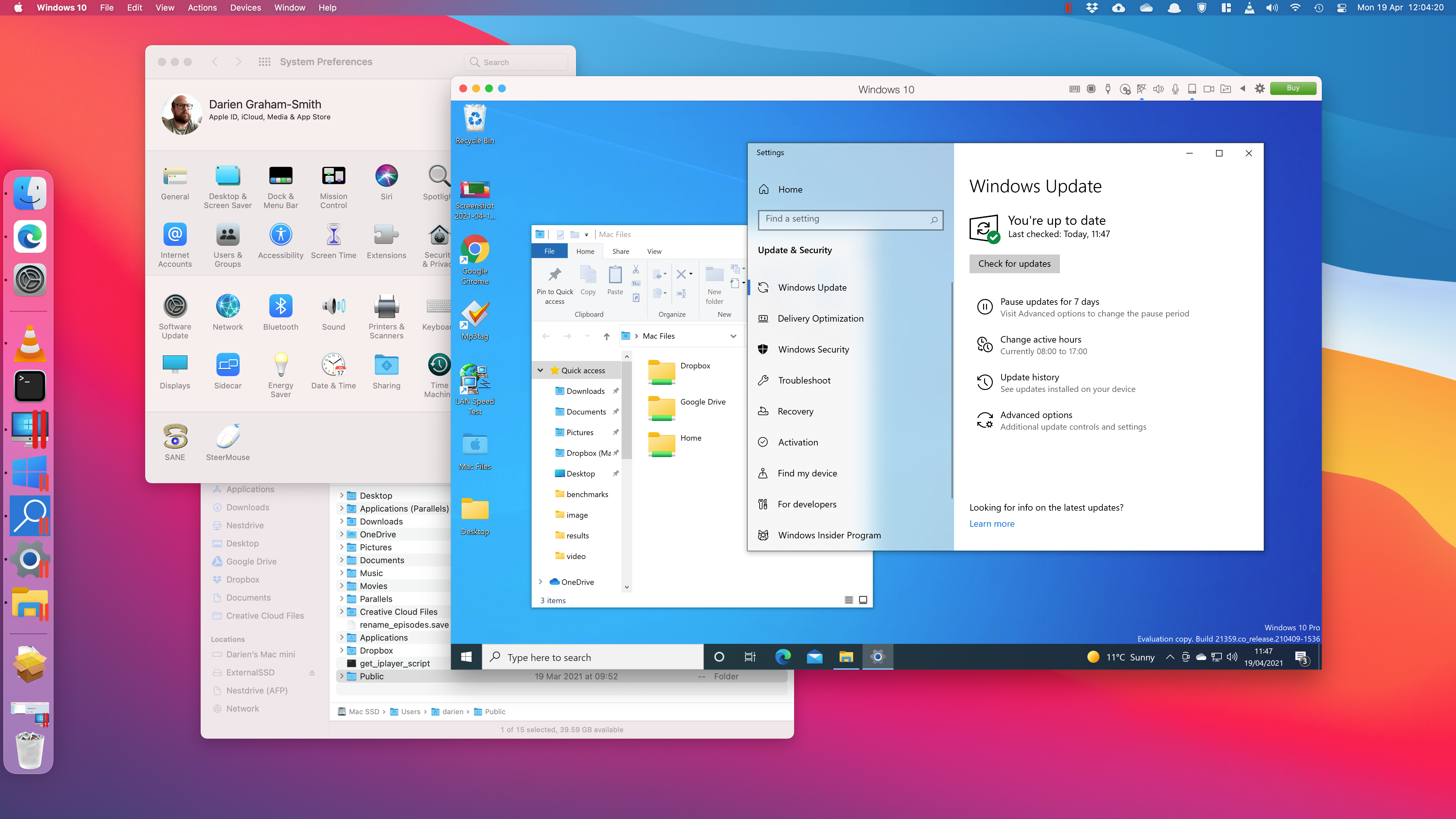
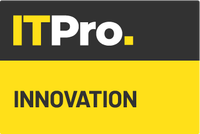 Parallels Desktop 16.5 review: Windows comes to Apple Silicon (sort of)
Parallels Desktop 16.5 review: Windows comes to Apple Silicon (sort of)Reviews The best way to run Windows apps on an M1 Mac – but it’s not yet a fully stable proposition
By Darien Graham-Smith Published
-
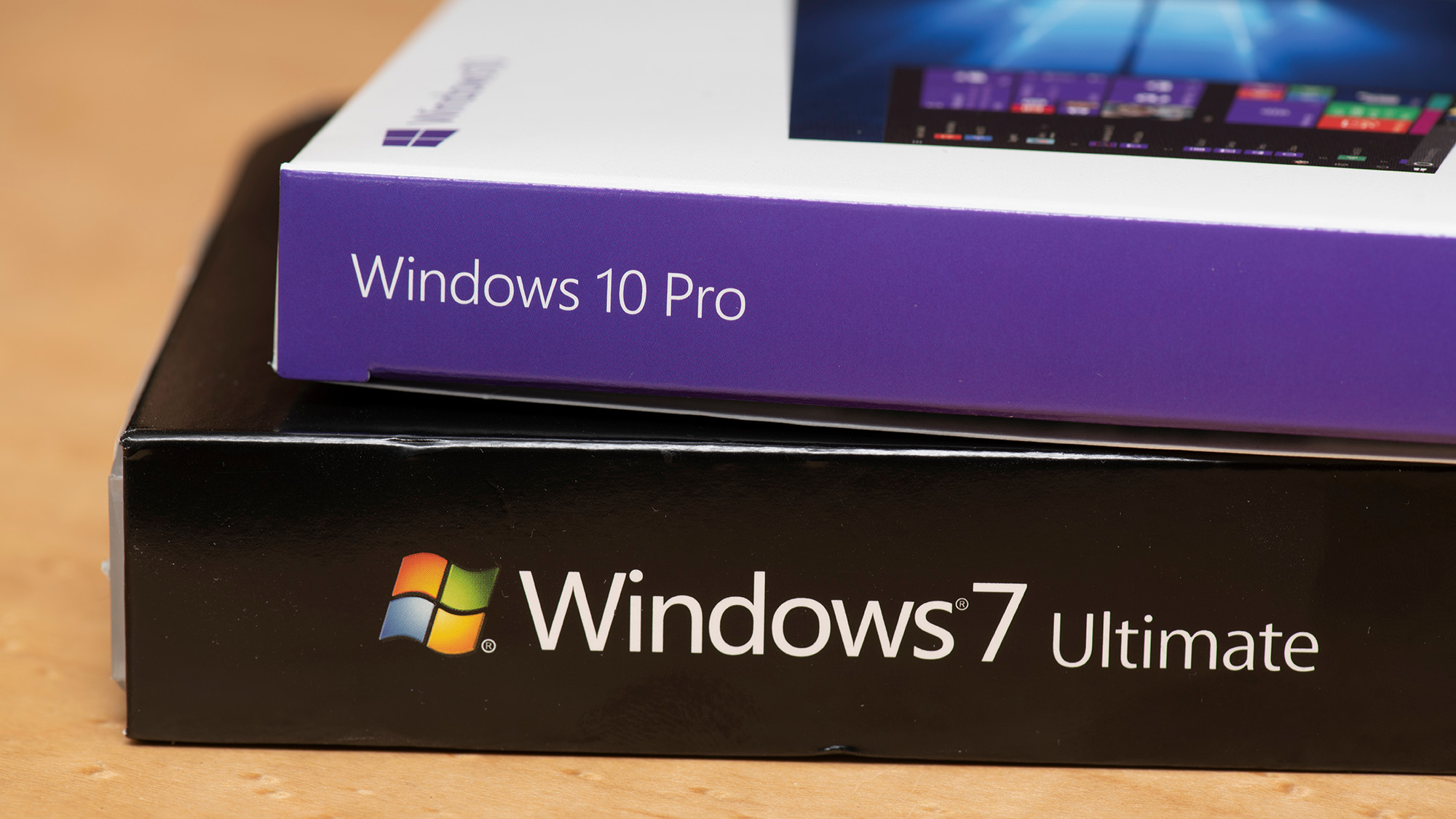 Managing a late migration
Managing a late migrationOpinion When it comes to moving from Windows 7 to Windows 10, it's better late than never
By Jon Honeyball Published
-
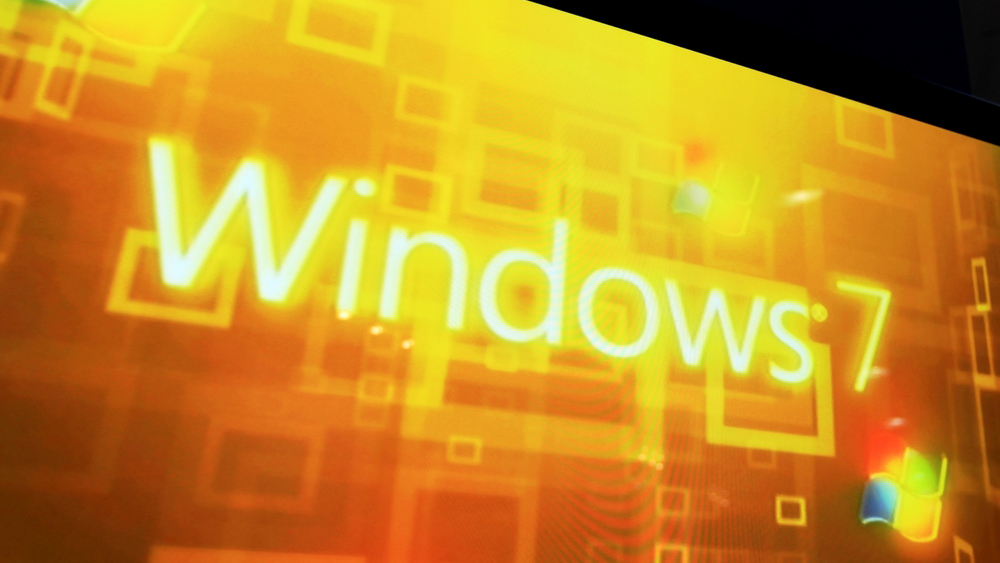 How to set up a Windows 7 emulator for Windows 10
How to set up a Windows 7 emulator for Windows 10Tutorials A complete guide for setting up a Windows 7 emulator for Windows 10 so you don’t lose access to your apps
By Nik Rawlinson Last updated